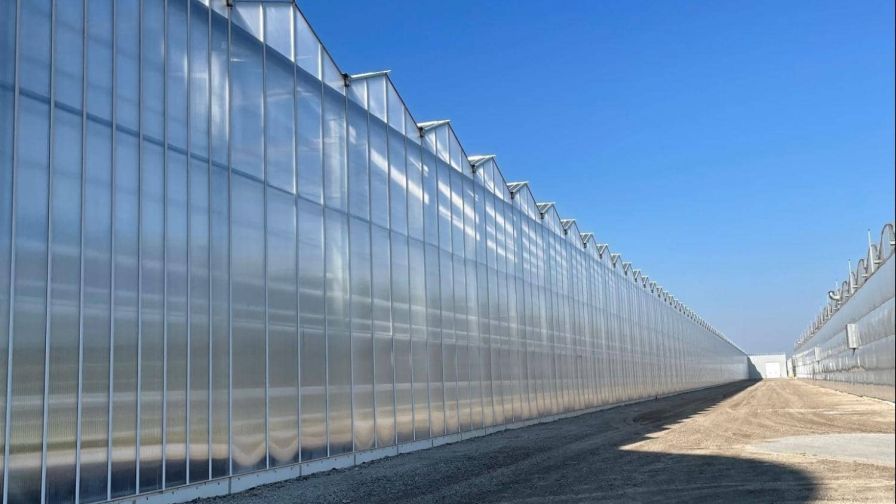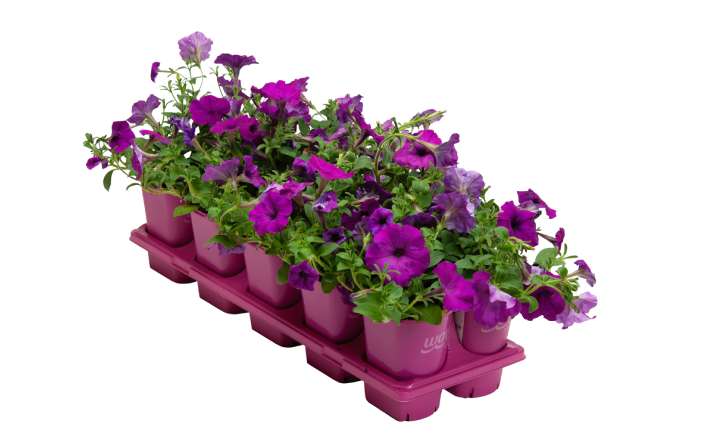Looking to Upgrade Your Greenhouse Structure Coverings? Consider These Four Factors

Photo: Prospiant
Greenhouse growers have more information to consider than ever when installing new coverings. From materials and light transmission to insulation and shading needs, running a profitable and efficient operation starts with the right choice of building envelope.
The Resource Innovation Institute recently compiled insights from greenhouse experts and current operators into the factors growers must weigh when making decisions on the right greenhouse covering. These include:
- Material Cost and Longevity: Greenhouse coverings come in a wide array of materials. Commercial operators typically will employ glass, polycarbonate, or acrylic coverings. Budget can greatly dictate the choice of material that an operator will select for their facility, as siding costs can rapidly stack up.
- Light Transmission: One of the reasons a greenhouse grower would sacrifice durability or longevity is light transmission. A single-layer acrylic covering can have a light transmission rate of up to 90%, which would make it a good option for fruiting plant growers. While their cost generally is a fraction of glass or acrylic, polycarbonate materials typically have lower light transmission levels. Having more layers increases insulation rates, but also will drastically drop light transmission levels.
- Shading and Blackout Curtains: Maximizing the use of natural light is a great way to improve greenhouse efficiency, but crop types and location can necessitate the use of shading and/or blackout curtains. Curtains designed for light diffusion can also improve light penetration into the lower canopy while reducing overall heat load, further improving operational efficiency and performance.
- Insulation: That same curtain increases the greenhouse’s insulation value. Insulation is rated using metrics called U-value and R-factor. The U-value indicates thermal transmission–the higher the U-value, the more heat passes through the covering and into or out of the structure. The R-factor is the inverse of the U-value and indicates thermal resistance. A higher R-factor means the covering is best at separating inside and outside temperatures. According to RII’s Facility Design & Construction Best Practices Guide, it “is important that the envelope design consider not only the U-factor of individual materials but the overall assembly performance, which accounts for thermal bridging through high-conductivity materials (e.g., metal framing).”
For help in navigating the facility design and construction process for your facility, and for other tips and best energy and efficiency practices, go to Resource Innovation Institute’s Facility Design & Construction Best Practices Guide, a free educational resource for indoor CEA and greenhouse facility owners, operators, and industry stakeholders.
Find the original RII article here.









